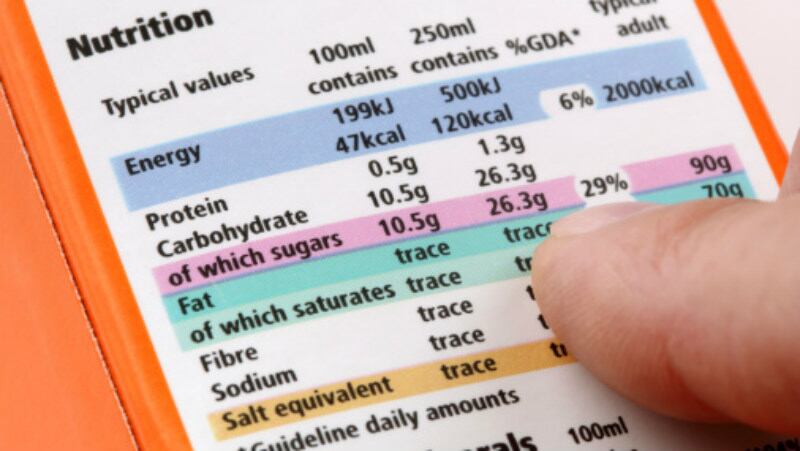The Vietnamese government first announced in mid-2023 that it would be implementing regulations mandating the display of nutritional labelling according to national standards on all qualifying food and beverage products in the country.
This is in a bid to keep up with international standards as well as improve public health according to the Vietnam Health Programme.
Recent government documentation has confirmed that the enforcement of these regulations has been initiated, and that local food firms will be given a two-year transition period to make any necessary changes to their product labels.
“By December 31 2025, organizations and individuals that manufacture, sell or import foods under the governance and regulation of this Circular in Vietnam must specify the relevant nutritional components and corresponding values on the labels of their products, in accordance with the regulations in this Circular,” the Vietnamese Ministry of Health (MOH) stated via a formal statement.
“From January 1 2026, all organisations and individuals [will not be allowed to] manufacture, print, import or use labels that are not in tandem or accordance with this Circular.
“Nutritional labels must now include the content and value of the five nutritional components – Energy, protein, carbohydrate, fat and sodium; and certain products need to have additional nutrient information specified on the label as well according to local standards.
“This regulation will apply to all prepackaged food and beverage products manufactured, traded, imported and circulated in Vietnam with the exception of the 12 specified exempted products as stated.”
Products that have been exempted include foods not directly sold to consumers; foods with only one ingredient; mineral and bottled water; edible and refined salt; vinegar and related substitutes; tea and coffee with no other ingredients (apart from colouring or flavouring); health supplements; alcoholic beverages and others as specified by local standards.
Government data revealed that just 60% of local food and beverage firms had already been displaying nutritional labels on their products, meaning that 40% of firms are likely to need to make this change.
“Some 82% of non-alcoholic beverages are already attaching such labels [so] about 18% of the sector will need to get nutritional labels attached; [but] just 50% of processed packaged foods were already doing this so [this means] 50% more of this sector will need to make the transition over the next two years,” said the ministry.
“All enterprises exporting food products to the international market are already in compliance with the required nutritional labelling regulations [including] major brands and larger enterprises.”
Processed foods to see the most change
Amongst products that have not had nutritional labels attached previously, processed foods commonly perceived as ‘unhealthy’ are likely to be the most affected, with the ministry having specified that all five nutritional components are to be included on the labels.
“Labels of soft drinks and processed milk products with added sugar [as well as] other foods with added sugar shall specify all five of the nutritional components as [stated] in these regulations, [as well as] the total sugar content,” MOH stated.
“All labels of fried foods must specify all five nutritional components as [stated] in these regulations, [as well as] saturated fat content.
“As for food products that do not contain the nutrients as specified in these regulations or their nutritional values are smaller than the values specified, [these components] can be excluded from the food labels.
“Foods with labels that do not contain adequate nutrition facts [but were previously] permitted for manufacture, sale, import or circulation in Vietnam [may] remain in circulation until the expiry dates written on their labels.”



